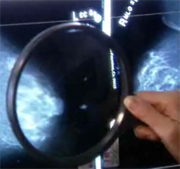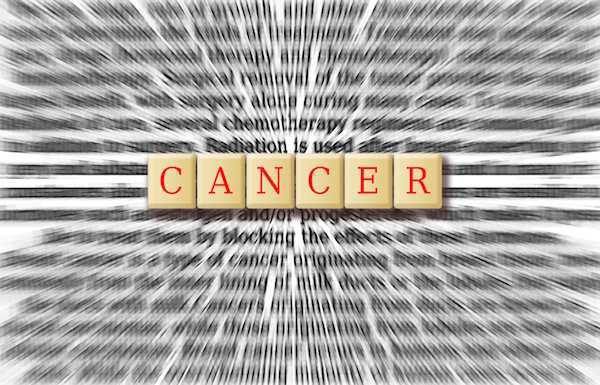
SATURDAY, April 2 (HealthDay News) — Researchers who sequenced the entire genomes of tumors from 50 breast cancer patients identified more than 1,700 mutations, most of which were unique to individual patients.
The findings help explain why it’s difficult to predict breast cancer patient outcomes and to find new treatments, said the researchers at Washington University in St. Louis and the Siteman Cancer Center.
After sequencing the tumor genomes, the researchers compared the sequences to the matched DNA of the same patients’ healthy cells, which allowed them to find the mutations. They also sequenced the 10 trillion chemical bases of DNA more than 30 times to ensure the data was accurate.
All the patients in the study had estrogen-receptor-positive breast cancer, in which cancer cells have receptors that bind to estrogen and help the tumors grow. The study will be presented Saturday at the American Association for Cancer Research (AACR) annual meeting in Orlando, Fla.
Some genetic mutations that are rare in breast cancer are common in other cancers and there may be drugs available to treat them, lead investigator Dr. Matthew Ellis, a professor of medicine at Washington University School of Medicine in St. Louis, said in an AACR news release.
However, treatment is only possible when the cancer’s genetics are known beforehand. The ideal goal is to be able to design treatments by sequencing the tumor genome when a patient’s cancer is first diagnosed, Ellis said.
He and the other researchers found two common mutations previously found in breast cancer patients, as well as three new ones that occured in an average of one in 10 women. However, “to get through this experiment and find only three additional gene mutations at the 10 percent recurrence level was a bit of a shock,” he said.
In addition, the researchers found 21 other mutations that appeared at much lower rates in several patients. Even though these mutations were relatively rare, Ellis emphasized the finding’s value. “Breast cancer is so common that mutations that recur at a 5 percent frequency level still involve many thousands of women,” he said.
“We get good therapeutic ideas from the genomic information,” he added. “The near term goal is to use information on whole genome sequencing to guide a personalized approach to the patient’s treatment.”
Because the study is being presented at a medical meeting, the findings should be considered preliminary until published in a peer-reviewed journal.
More information
The U.S. National Cancer Institute has more about breast cancer.

